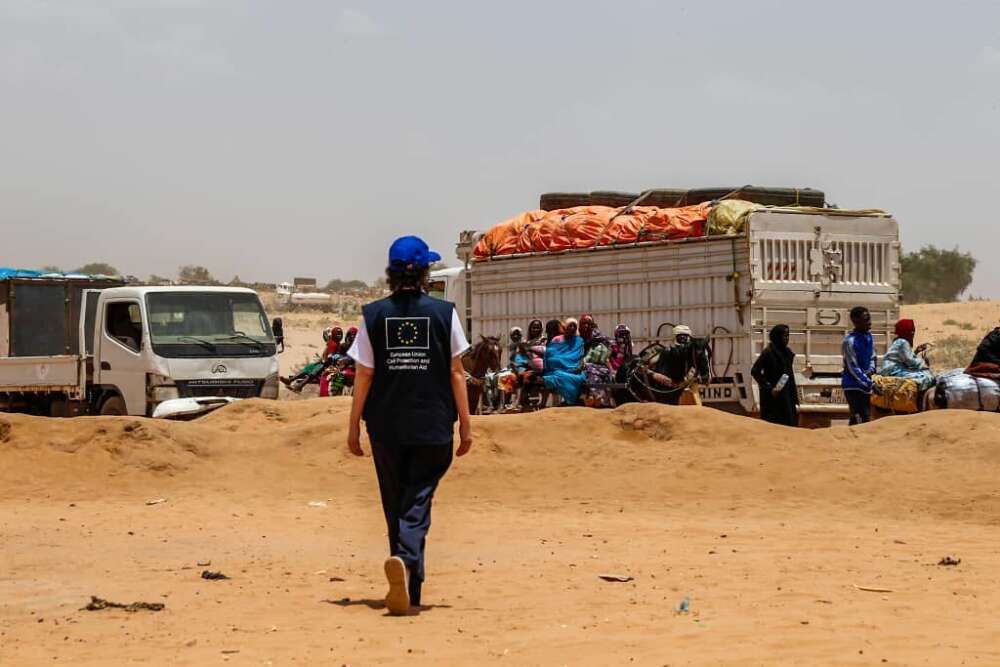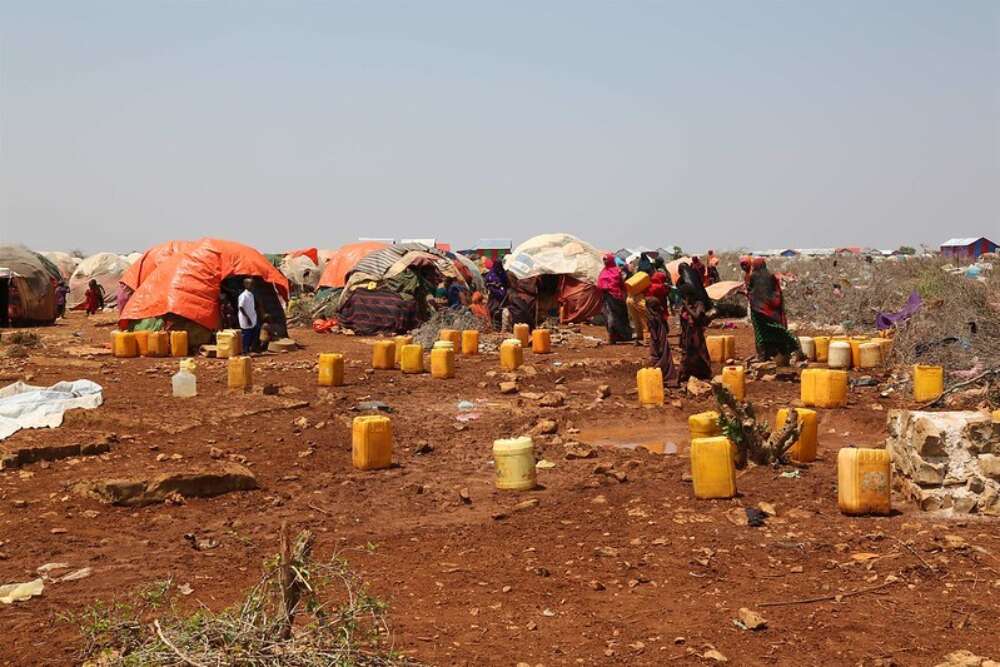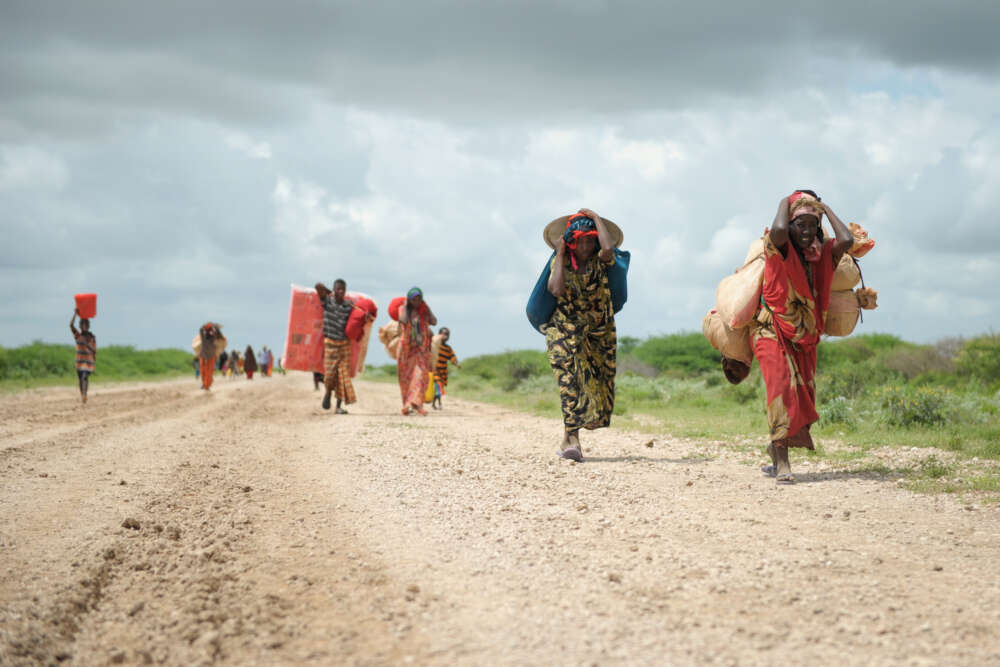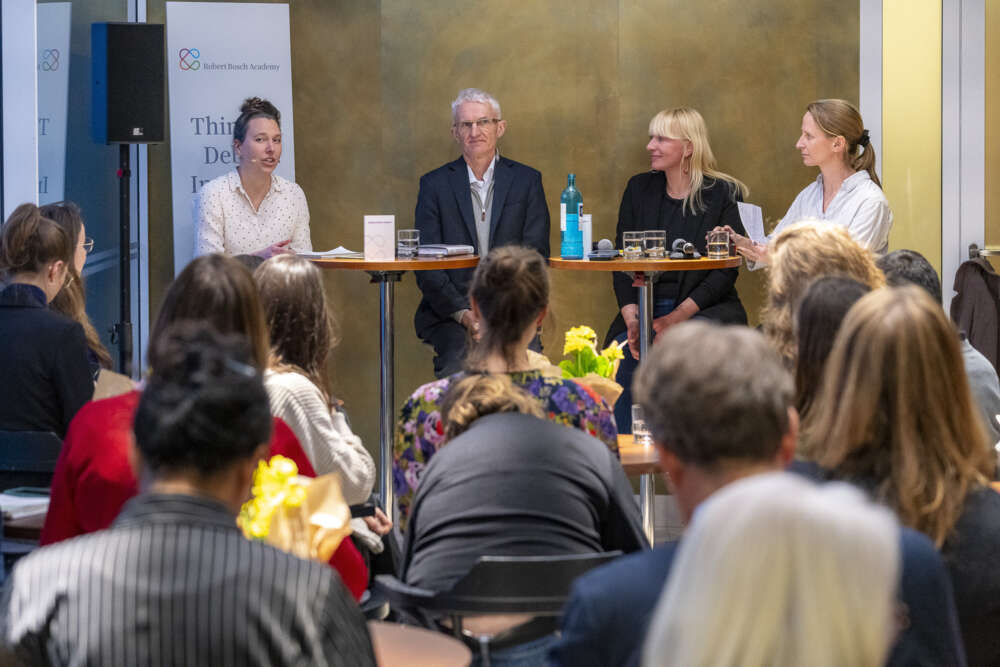The Contribution of Prevention Work to ICRC Protection of Civilians Engagement
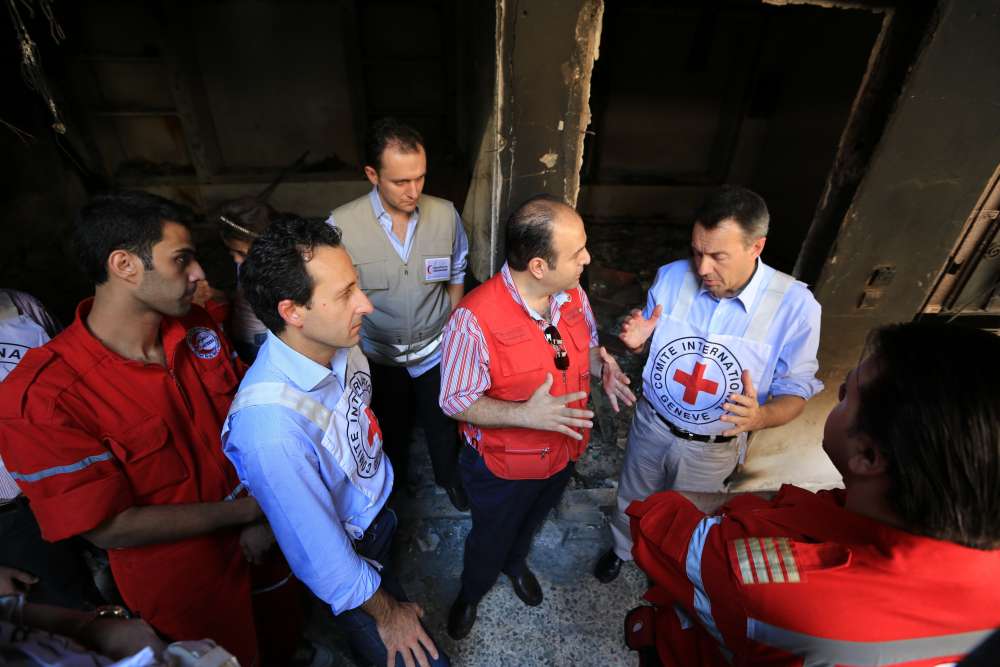
Between December 2022 and September 2023, an independent team from GPPi and the Humanitarian Exchange and Research Centre (HERE-Geneva) evaluated whether and how the International Committee of the Red Cross’s (ICRC) prevention work contributes to its protection engagements in crisis contexts. The evaluation team reviewed relevant documents, interviewed 46 ICRC staff members, analyzed survey responses provided by 69 ICRC staff members, and conducted case study research on two delegations.
Overall, ICRC staff members recognize both that the organization, through its prevention activities, pursues broader objectives in terms of directly increasing key actors’ compliance with humanitarian law and that these activities add value by preparing the ground for the ICRC’s protection work. From the survey emerged 47 examples of how prevention activities supported protection engagements and only 3 respondents stated that they did not see this kind of contribution in the context they were currently working in. On average, survey respondents rated the importance of prevention work for protection engagements in their current contexts as 66 out of 100. Staff members with management functions assessed this link most positively, with an average rating of 74 out of 100.
A central effect of the ICRC’s prevention activities – which are implemented by all ICRC staff, but particularly by Military and Armed Forces Delegates, Police and Gendarmerie Delegates, Legal Advisers, Communications Managers or Advisers, Policy Advisers, Multilateral Affairs Advisers, and Networking Delegates – is that they strengthen key stakeholders’ understanding of humanitarian law and of the ICRC. The research also found that that prevention activities help build trusted contacts: 52 survey respondents agreed that prevention work helped generate trustful relationships that can be used to pass on protection messages.
ICRC staff members consulted for the evaluation also concur that internal cooperation makes both prevention and protection activities more effective. Protection staff, for example, benefit from a better understanding of military dynamics and tactics; appreciate advice on how to frame, word and time protection messages; and profit from prevention insights when interpreting protection incidents. At the same time, prevention activities are seen as more relevant when they focus on the types of violations and the kinds of stakeholders that protection colleagues have identified as a priority. Trainings and information sessions on humanitarian law and the role of the ICRC are more specific, hands-on and relevant when protection staff participate in them.
However, across roles and categories, there is a strong perception among all ICRC staff members consulted that there is often not enough internal cooperation and that synergies remain underutilized. Related key issues are that protection and prevention staff often lack an understanding of what common objectives they are working toward; and that they limit cooperation because they fear potential negative effects: protection colleagues often mentioned concerns they have about sharing confidential information with prevention staff, while prevention colleagues worry that protection interventions may damage the trustful relationships they have built.
The evaluation team concludes that strengthening the synergies between prevention and protection activities should be an important objective for reform at the ICRC. Four main recommendations can help the organization do so:
- Ensure that prevention and protection activities have clearly defined and well-understood shared objectives;
- Systematically contextualize prevention activities and focus them more strategically on behavioral change;
- Strengthen capacities and incentives for cooperation;
- Explicitly address issues around organizational culture.
For more details on the evaluation findings and on these recommendations, read the full Executive Summary.

